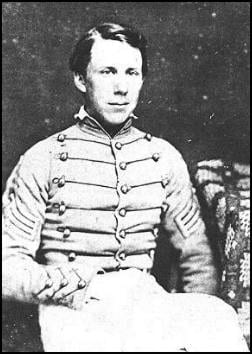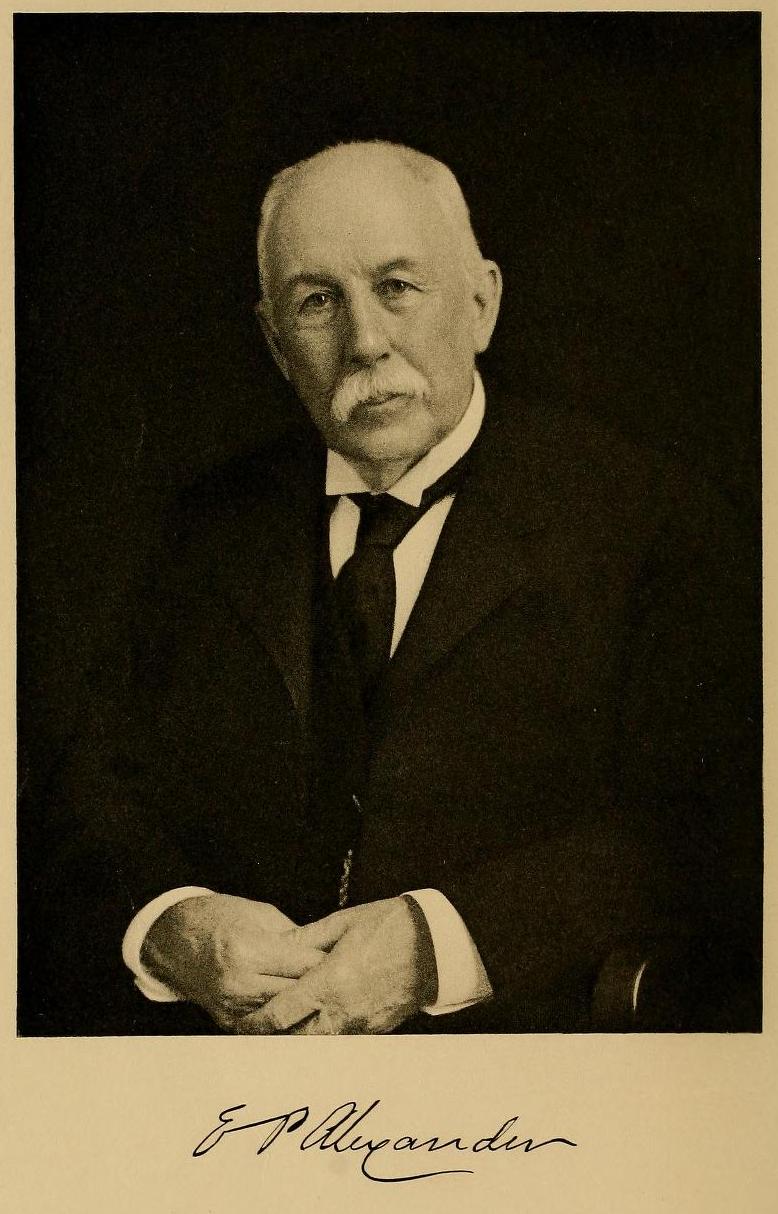Edward Alexander was an officer in the Confederate Army during the Civil War. He served as James Longstreet's chief of artillery and is known for his actions at the Battle of Gettysburg. After the war, he taught mathematics at the University of South Carolina and became friends with future President Grover Cleveland.

Early Life
Edward Alexander was born in Washington, Georgia, to a wealthy family of plantation owners. His parents were Adam Leopold Alexander and Sarah Hillhouse Gilbert Alexander.
He graduated from the United States Military Academy at West Point in 1857. He was 3rd in his class. He briefly taught engineering and fencing before he left for the Utah expedition.
He participated in many weapon experiments and worked as an assistant to Major Albert J. Myer. On October 10, 1858, he was promoted to second lieutenant.
In 1859, Edward Alexander met Bettie Mason of Virginia in 1859 and married her on April 3, 1860. The couple would go on to have six children during and after the Civil War.
The Civil War
When Georgia seceded, Alexander resigned from the U.S. Army and joined the Confederate Army as captain of engineers.
He was ordered to report to General Beauregard at Manassas Junction, Virginia.
He was given the position of chief engineer and signal officer of the Confederate Army of the Potomac on June 3.
At the First Battle of Bull Run, Alexander made history by being the first to use signal flags to transmit a message during combat over a long distance. Stationed atop "Signal Hill" in Manassas, Alexander saw Union troop movements and signaled to the brigade under Col. Nathan "Shanks" Evans, "Look out for your left. Your position is turned".
Upon receiving a similar message, Beauregard and General Joseph E. Johnston sent timely reinforcements that turned the tide of battle in the Confederates' favor.
He was promoted to major on July 1 and then lieutenant colonel on December 31, 1861.
He remained active in signal work and intelligence gathering. He dealt extensively with spies operating around Washington, D.C.
He saw action under General James Longstreet at the Battle of Williamsburg.
After Lee assumed command of the Army of Northern Virginia, he was in charge of pre-positioned ordnance for Lee's offensive in the Seven Days Battles.
He used an observation balloon at Gaines' Mill to gather intelligence on the Union's position.
He saw action at the Second Battle of Bull Run and the Maryland Campaign.
He was almost captured at Harper's Ferry.
Throughout the war, he played a prominent role in many of the important battles. He served in different artillery capacities for Longstreet's First Corps of the Army of Northern Virginia.
He saw action at the Battle of Fredericksburg, and he accompanied Stonewall Jackson on his flanking march at the Battle of Chancellorsville.
He saw significant action at Gettysburg and is most known for his role in the bombardment of the Union line before Pickett's Charge.
He served as Longstreet's chief of artillery for the duration of the war and saw action at the Knoxville Campaign, Overland Campaign, and Richmond-Petersburg Campaign.
Later Years

After the war, he considered serving in the Brazil military but decided to become a professor of mathematics at the University of South Carolina.
He no longer desired the life of a planter, and his family had seen much loss due to the emancipation of slaves.
He became hunting buddies with Grover Cleveland. That relationship would benefit me for many years.
Alexander was selected to give the Confederate veteran's speech on Alumni Day during the centennial celebration at the United States Military Academy on June 9, 1902. The speech was so well received that it was reprinted in the NY Times in its entirety in the 15 June 1902 edition.
The NY Times referred to the speech as "decidedly the feature of Alumni Day." The audience included President Theodore Roosevelt as well as Alexander's former commander, General Longstreet.
He became an esteemed author and published some of the most renown memoirs of the Civil War.
Alexander died on April 28, 1910, in Savannah, Georgia
